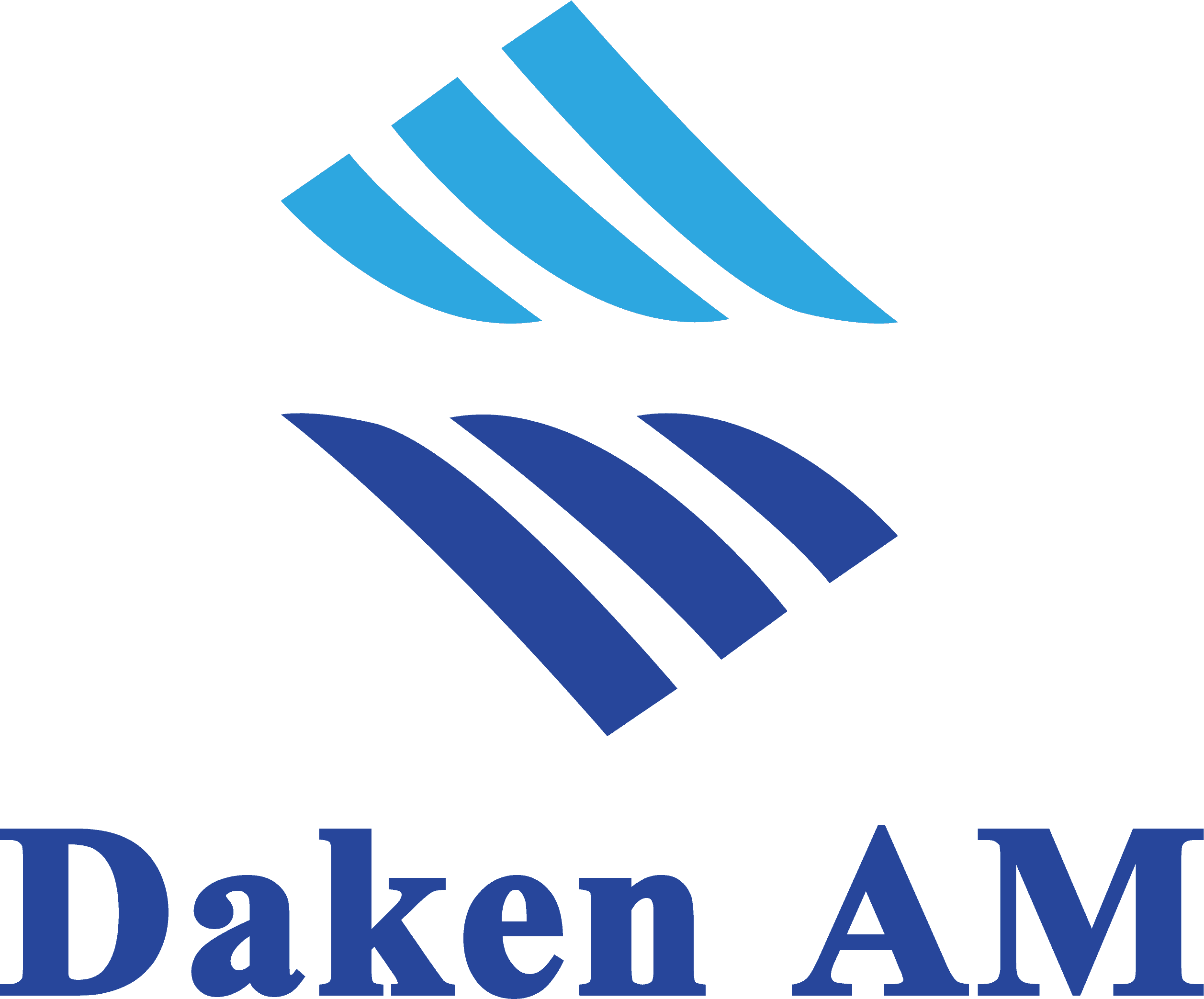| Shanghai Daken Advanced Materials Co.,Ltd | |
|---|---|
| Country: | China |
| Tel: | +8637166670886 |
| E-mail: | info@dakenam.com |
| QQ: | 1690700875 |
| Skype: | Chat Now! |
Applications and Benefits of Imidazo[4,5-d]imidazole-2,5(1H,3H)-dione,-tetrahydro-1,3,4,6-tetrakis(methoxymethyl)-3a-methyl-6a-propyl (CAS 220140-29-4)
Release time: 2025-07-11
Imidazo[4,5-d]imidazole-2,5(1H,3H)-dione,-tetrahydro-1,3,4,6-tetrakis(methoxymethyl)-3a-methyl-6a-propyl, with CAS number 220140-29-4, is a specialized derivative of glycoluril. This compound features a rigid bicyclic backbone with four methoxymethyl substituents and alkyl groups at the 3A and 6A positions, specifically methyl and n-propyl groups. Thanks to its highly functional structure, this glycoluril derivative is used in a range of industrial applications, including polymer modification, thermosetting resin formulation, semiconductor processing, and more.
Chemical Structure and Functional Properties
This compound belongs to the glycoluril family, characterized by a fused imidazolidine-2,5-dione core. The addition of four reactive methoxymethyl (-CH?OCH?) groups on the 1,3,4,6 positions makes it a powerful multi-site crosslinker. The presence of methyl and n-propyl groups on bridgehead positions increases its hydrophobicity and influences its solubility and reactivity.
Key chemical properties include:
High thermal stability
Excellent reactivity with hydroxyl and amine groups
Soluble in a wide range of organic solvents
Potential formaldehyde release under certain conditions
Use as a Crosslinking Agent in Polymer Chemistry
One of the primary uses of 3A-methyl-6A-n-propyl-tetramethoxymethylglycoluril is as a crosslinking agent in polymer and resin systems. Its four methoxymethyl groups can react with –OH or –NH? groups in polymers, enabling the formation of three-dimensional networks that enhance the durability and heat resistance of materials.
Common polymer applications include:
Phenolic resins: Improves mechanical strength and chemical resistance.
Epoxy systems: Enhances hardness and thermal endurance.
Polyurethanes: Acts as a chain extender or multifunctional crosslinker.
This compound is particularly useful in tailoring polymer performance for high-end industrial use such as coatings, adhesives, and structural composites.
Role in Thermosetting Resin Formulations
In thermosetting resins, 3A-methyl-6A-n-propyl-tetramethoxymethylglycoluril contributes to irreversible curing processes. These resins, once set, offer superior thermal and dimensional stability. The glycoluril core, combined with reactive methoxymethyl groups, allows for a dense and uniform crosslinked network.
Specific resin types:
Amino resins (e.g., melamine, urea formaldehyde)
Phenol-formaldehyde resins
Melamine-formaldehyde laminates and coatings
These formulations are used in wood composites, automotive parts, insulating materials, and flame-retardant applications.
Emerging Uses in Semiconductor Manufacturing
Semiconductor manufacturing,especially in photoresist formulations and etch-resistant layers.
Potential semiconductor applications:
Photoresist crosslinker: Enhances pattern resolution and stability under high temperatures.
Adhesion promoter: Improves bonding between layers during lithography.
Etch additive: Contributes to finer pattern control in wafer processing.
The compound’s rigid, heat-resistant core and multivalent reactivity make it suitable for use in advanced lithographic materials required in microchip production.
Other Industrial Applications
Beyond polymer and electronics industries, this compound may serve in:
Antimicrobial agents (as a formaldehyde donor)
Concrete additives (enhancing crosslinking within binders)
Textile finishing (anti-wrinkle treatments with resin systems)
These applications benefit from the controlled reactivity and structural versatility of glycoluril derivatives.
Imidazo[4,5-d]imidazole-2,5(1H,3H)-dione,-tetrahydro-1,3,4,6-tetrakis(methoxymethyl)-3a-methyl-6a-propyl (CAS 220140-29-4) is a promising multifunctional compound suitable for cros.
Contact: forrest.lee@dakenchem.com


